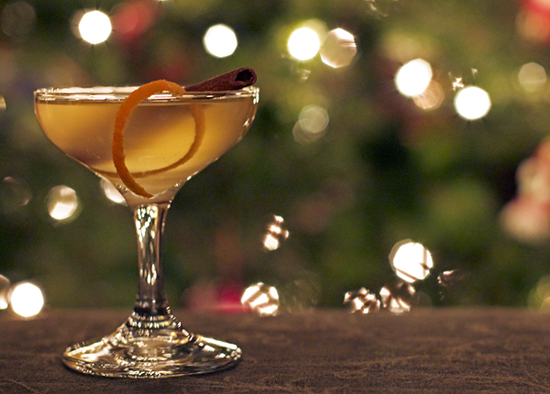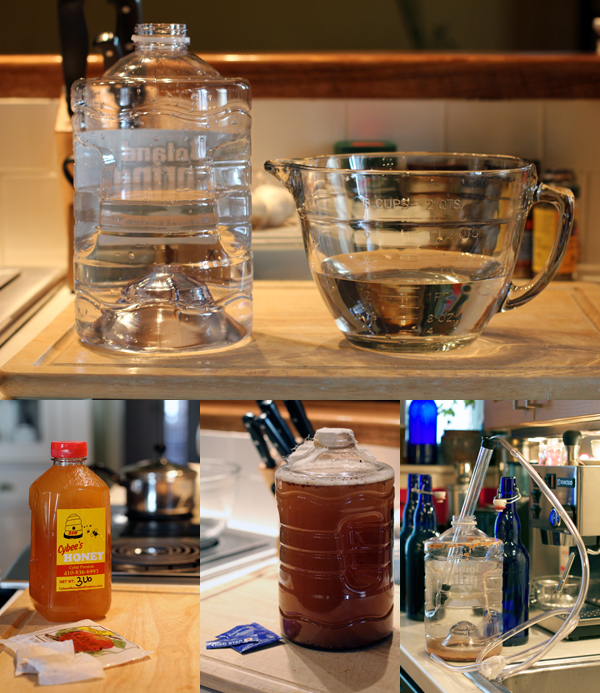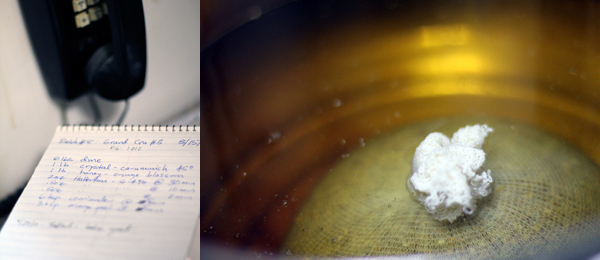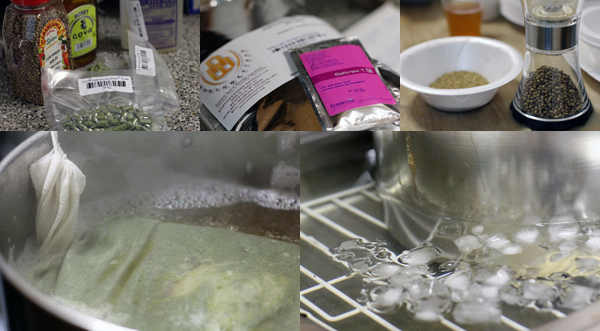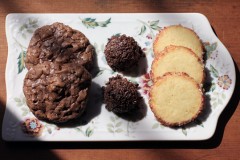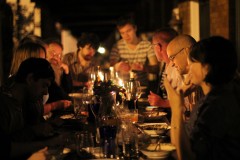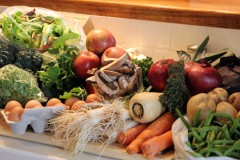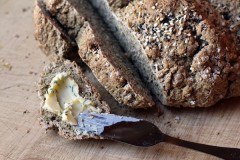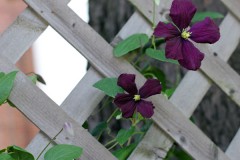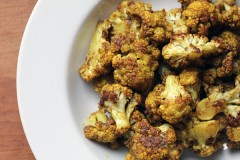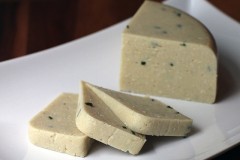I’ve worn a paper crown at Medieval Times and been to a Renaissance fair joust or two, but the Maryland Renaissance Festival takes the mutton leg for village size and patron dress-up commitment. A couple of summers ago while browsing the artisan wares, I spied a kit for “short mead” that I couldn’t resist after reading the tag line “if you can boil water, you can make mead in 7-14 days with this kit, two pounds of honey, and a gallon of spring water!” It was food science! It was $9! What was there to lose?
I brewed that batch and was hooked. Unlike the strawberry wine that I had made earlier in the summer, this was relatively little investment for a nice return–an effervescent fermented drink that was light and sweet and endlessly variable, depending on the type of honey and tea you used to spice it up. It wasn’t complex, it wasn’t refined, but it sure was tasty.
I’ve produced a few more versions since that first batch—all interesting, all drinkable–and the mulling spices I currently have on hand in the pantry seemed to demand that a Christmas mead be made. I bottled it on the early side (eight days) so it’s retained its honey sweetness, with distinct cinnamon and orange notes. I think it’s going to make for a lovely glass to raise around the tree next week.
Christmas Mead
based on the Ambrosia Farm Short Mead Kit
1 gallon spring water
2 lbs. honey
tea to flavor (the combos are endless and should be adapted to your taste, but I cut open 6 mulling spice tea bags for this venture)
5 grams champagne yeast
square of cheese cloth and rubber band to cap
Open the spring water and pour off 4 cups of the contents and discard. Pour out an additional 3 cups and place in a sauce pan. Recap the water jug.
Place the sealed honey jar and gallon jug of water in the sink and fill with hot water to warm the ingredients.
Meanwhile, bring the water in the sauce pan to a boil and simmer the tea for 10 minutes, covered with a lid. Remove pan from heat and allow to cool.
Once water and honey have warmed, remove the containers from their bath and pour the 2 lbs of honey into the gallon jug. Recap, and shake to mix thoroughly. Once tea has cooled slightly, add it (including all the lose tea) to the gallon jug as well.
When the temperature of the jug contents has been reduced to warm bathwater, sprinkle the yeast across the top of the liquid (do not mix) and cover the top of the jug with a square of cheesecloth secured with the rubber band. Do not recap! The brew must be allowed to breath. Place the jug somewhere dark but at least 70 degrees (I have an upstairs closet I like to use for this) and allow it to ferment for one week. At that point, you can begin tasting your brew; sweetness will lessen by the day.
When it has achieved the desired balance, bottle (pour off the liquid and leave the sediment behind in the jug) and store. This mead requires refrigeration, as the yeast remains active. If left capped under pressure in the refrigerator, it will pick up a pleasant carbonation. Uncap the mead if it must be left out at room temperature for any reason.

